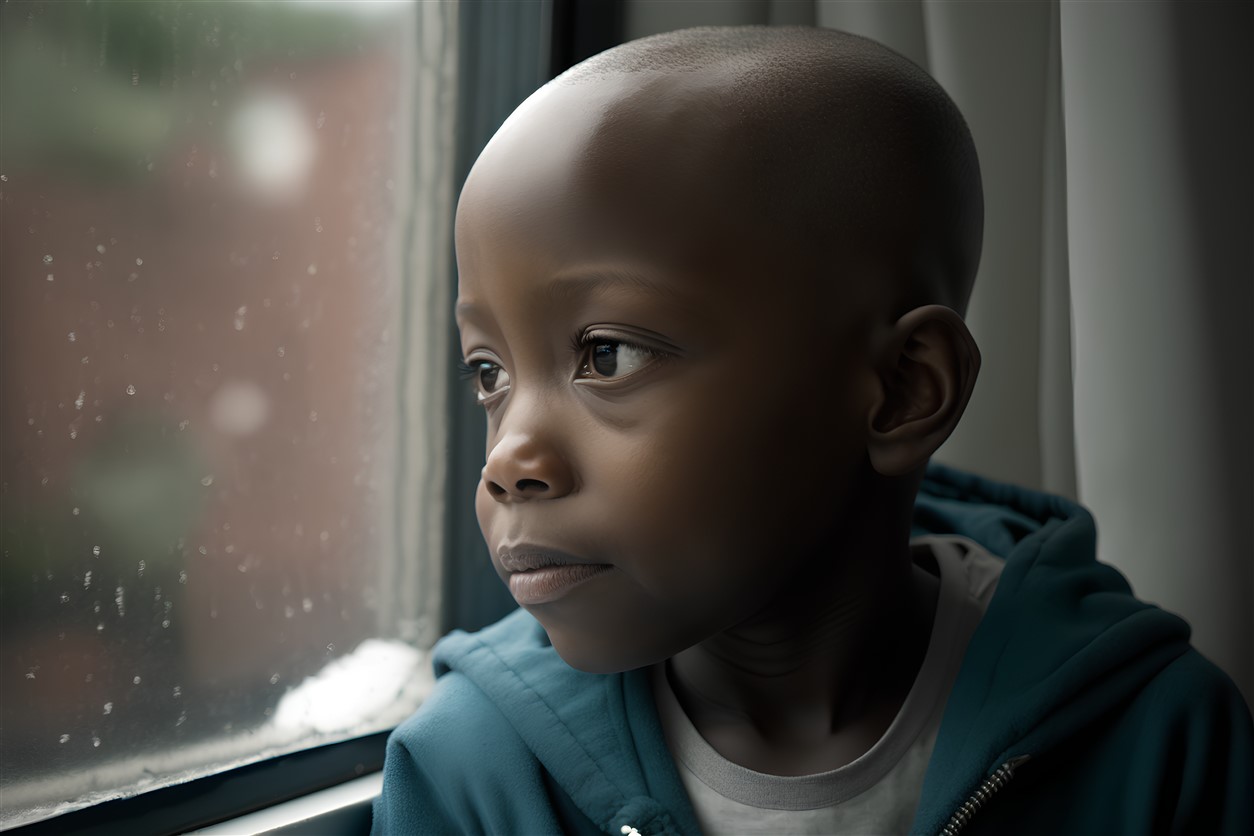Who is at risk? Suicide can happen to anyone. Suicidal ideation is not limited by skin color, sexual orientation, height, weight, age, income, or ethnicity. Athletes, dancers, drug addicts, alcoholics, priests, doctors, teachers, lawyers, entertainers, girls, boys, or your neighbor could be a victim of suicide. The point is that thoughts about suicide happen inside the brain, and no matter what we look like on the outside, that brain is doing its own thing on the inside.
Take a moment to think about what you know about someone who has died by suicide. Do they look like you or have some connection to you? We tend to picture “other people” as those with similar characteristics. If you are white, you probably visualize a white suicide victim. If you are black or brown, you might think of that victim as a person of similar color and heritage.
July is BIPOC Mental Health Month. SPRC, the Suicide Prevention Resource Center, is doing its part to get the word out. “July is dedicated to spreading awareness about the mental health needs of Black, Indigenous, and People of Color (BIPOC). BIPOC communities have experienced a history of oppression that continues today with racism, prejudice, and inequity in our institutions. We recognize this presents mental health challenges unique to BIPOC communities.”
Obviously, we don’t get to choose a heritage, skin color, physical characteristics, language, or culture when we’re born. We are what we are. If we are born into a white middle-class family, we relate to others like us. History has proven that children who enter the world as someone of color do not always have the same advantages or opportunities. So that means that their experiences growing up might include more ACEs, Adverse Childhood Experiences. ACEs often lead to mental health disorders.
Resources
- Support diverse communities.
- Identify BIPOC mental health providers
- Understand Suicide and Serious Mental Illness.
- 2023 BIPOC Mental Health Month Toolkit.
How BIPOC Therapists Can Help
As a purple state, Arizona reflects what is happening in education all over the country. Conservative and liberal thinkers have very different ideas about what should be taught in schools. Children are at the core of the conflict, yet they have no power to address the stress adults are adding to their lives. Fortunately, there are mental health professionals dedicated to helping people of color face the trauma and stigma of experiencing mental health disorders.
Mike Johnson is a psychologist who helps clients find freedom and optimism by finding the roots of their problems. He believes that children must learn about the pain and trauma experienced by black and brown people throughout our history. Teaching these sorts of lessons in schools would help children in immeasurable ways.
“The main reason why they need to understand it is to get past it,” Sharli Berry, founder and executive director of the nonprofit group Black Therapists in AZ, said, “If they don’t understand, then they’re not going to be able to grow. The reason why so many of our communities (across the nation) look the way they do is because of the generational trauma that’s been passed down. … It’s about learning.”
We all need to be aware of the history of racism, prejudice, and inequity in our society. We must try walking in someone else’s shoes, be mindful of the struggles others face, and step up and be supportive of others who are different than we are.
Are you willing to stretch outside your comfort zone to consider how to be more aware and supportive of ALL people who experience mental health challenges?
 A
Culture of Caring: A Suicide Prevention Guide for Schools (K-12) was
created as a resource for educators who want to know how to get started and
what steps to take to create a suicide prevention plan that will work for their
schools and districts. It is written from my perspective as a school principal
and survivor of suicide loss, not an expert in psychology or counseling. I hope
that any teacher, school counselor, psychologist, principal, or district
administrator can pick up this book, flip to a chapter, and easily find helpful
answers to the questions they are likely to have about what schools can do to
prevent suicide.
A
Culture of Caring: A Suicide Prevention Guide for Schools (K-12) was
created as a resource for educators who want to know how to get started and
what steps to take to create a suicide prevention plan that will work for their
schools and districts. It is written from my perspective as a school principal
and survivor of suicide loss, not an expert in psychology or counseling. I hope
that any teacher, school counselor, psychologist, principal, or district
administrator can pick up this book, flip to a chapter, and easily find helpful
answers to the questions they are likely to have about what schools can do to
prevent suicide.


